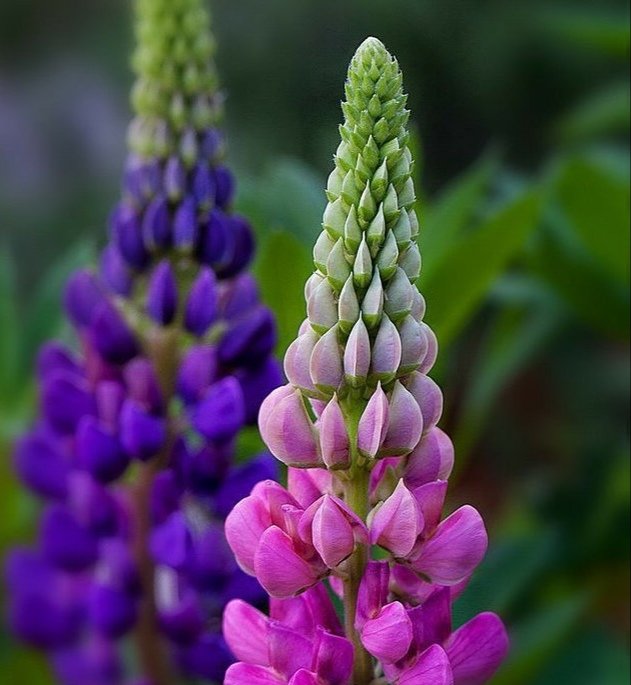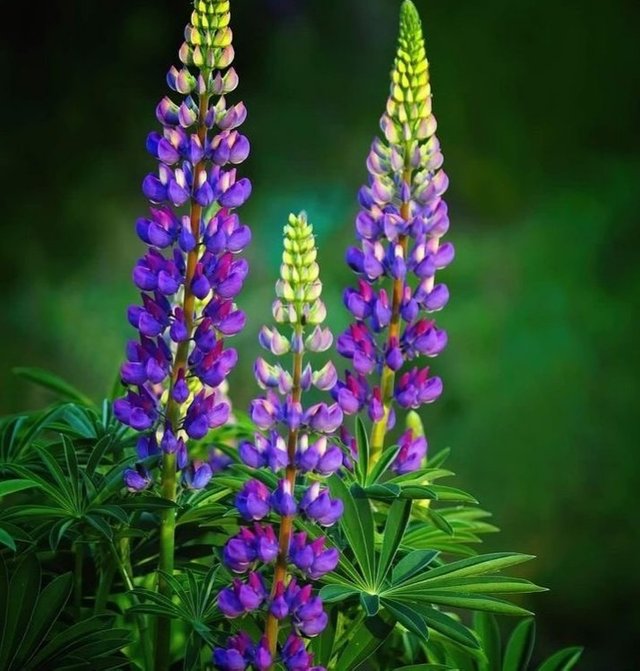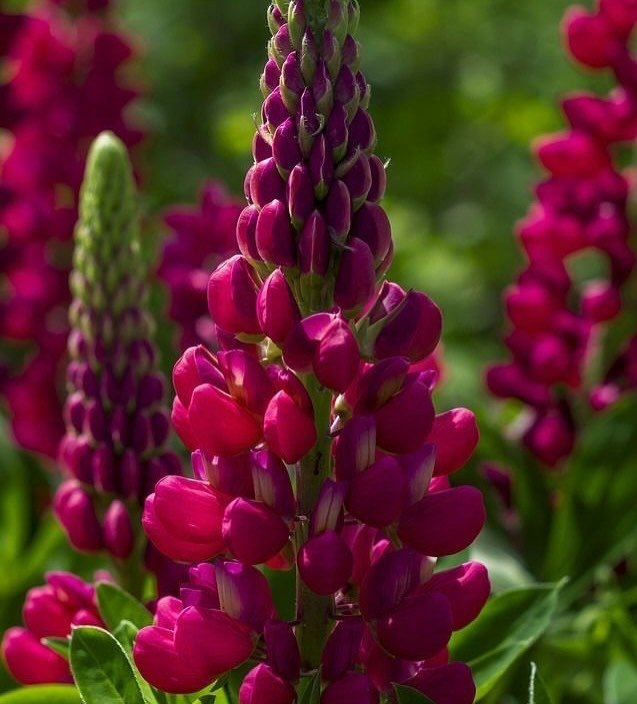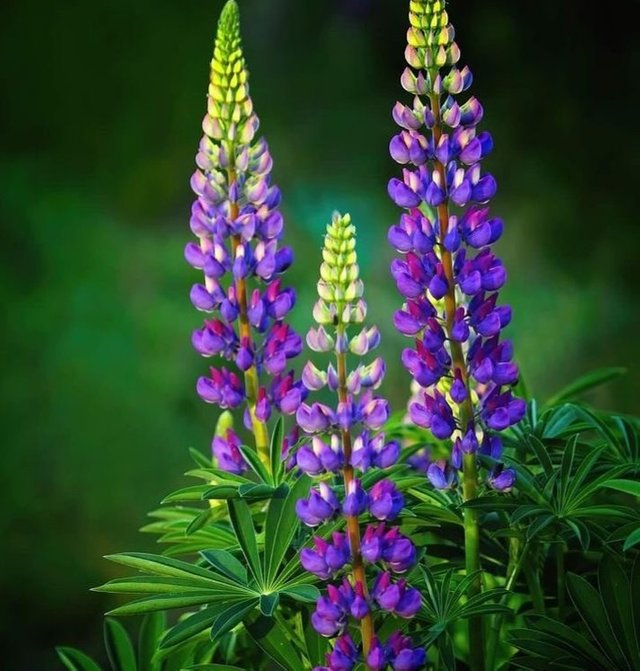Wonderful Colour Large-Leaved Lupine Flower
Large-Leaved Lupine: A Towering Beauty of the Wild and Garden
The Large-leaved lupine, also known as garden lupine or bigleaf lupine, is a striking perennial plant that commands attention with its bold flower spikes and lush foliage. Native to the western United States, particularly in states like Washington, Oregon, and California, this member of the legume family has spread far beyond its original range. In gardens and wild landscapes alike, its vibrant flowers and vigorous growth have made it both a favorite ornamental and, in some areas, a troublesome invasive species.
Botanical Description
The large-leaved lupine earns its name from its dramatic foliage. The leaves are palmately compound, meaning they radiate from a central point like the fingers on a hand. Each leaf typically consists of 9 to 17 lance-shaped leaflets, all covered in fine hairs that give the foliage a slightly silvery sheen. These leaves form a dense basal rosette that can reach over 1 meter in height when mature.
But the true showstopper is the flower spike. In late spring to early summer, towering stalks rise from the foliage, often reaching heights of 1 to 1.5 meters. Each spike is densely packed with pea-like flowers in a wide range of colors: deep blues and purples, pinks, whites, yellows, and even bicolors. These flowers are highly attractive to bees, butterflies, and hummingbirds, making the plant a pollinator favorite.
Habitat and Growth
Large-leaved lupines prefer moist, well-drained soils and thrive in sunny to partially shaded locations. They are especially common along riverbanks, meadows, roadsides, and mountain slopes. Though native to North America, Lupinus polyphyllus has naturalized in parts of Europe, New Zealand, and other temperate regions, where it sometimes becomes invasive.
In their native habitat, lupines play a vital ecological role by improving soil quality. Like other legumes, they have a symbiotic relationship with nitrogen-fixing bacteria in their roots, enriching the soil for surrounding plants. This makes them valuable in restoration ecology and for improving degraded soils.




%20(9).jpeg)